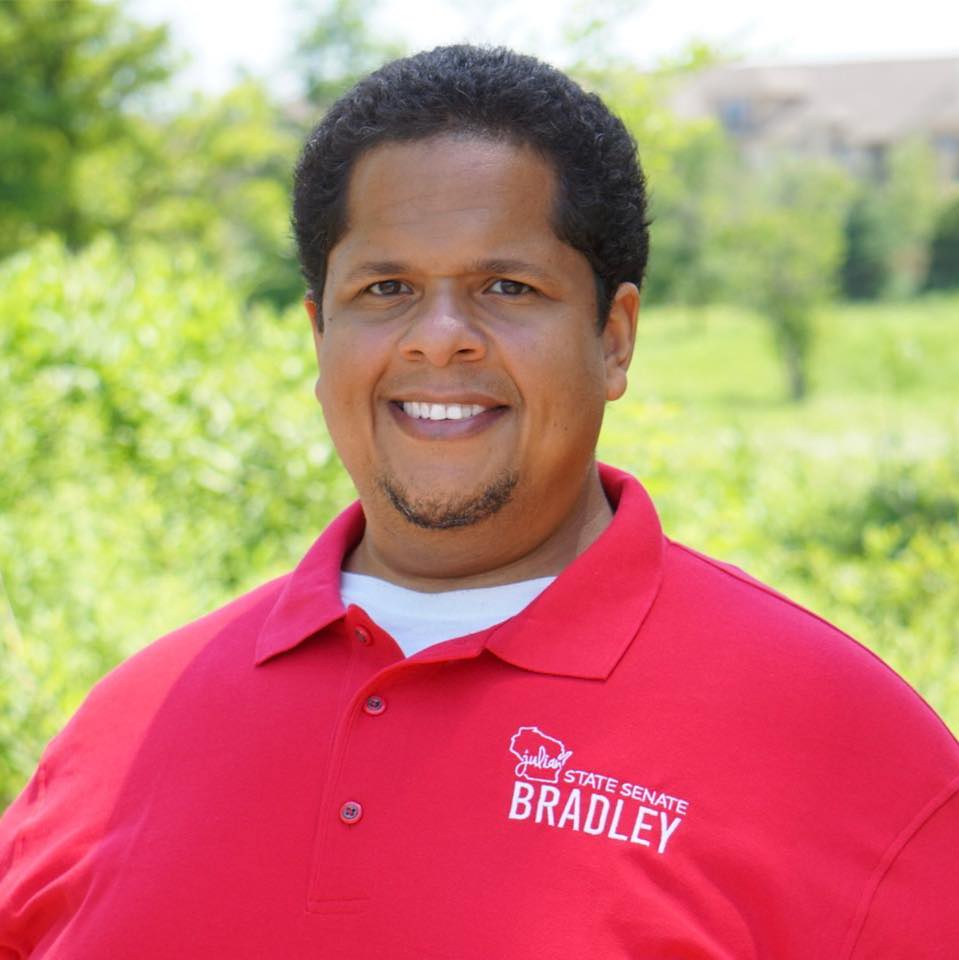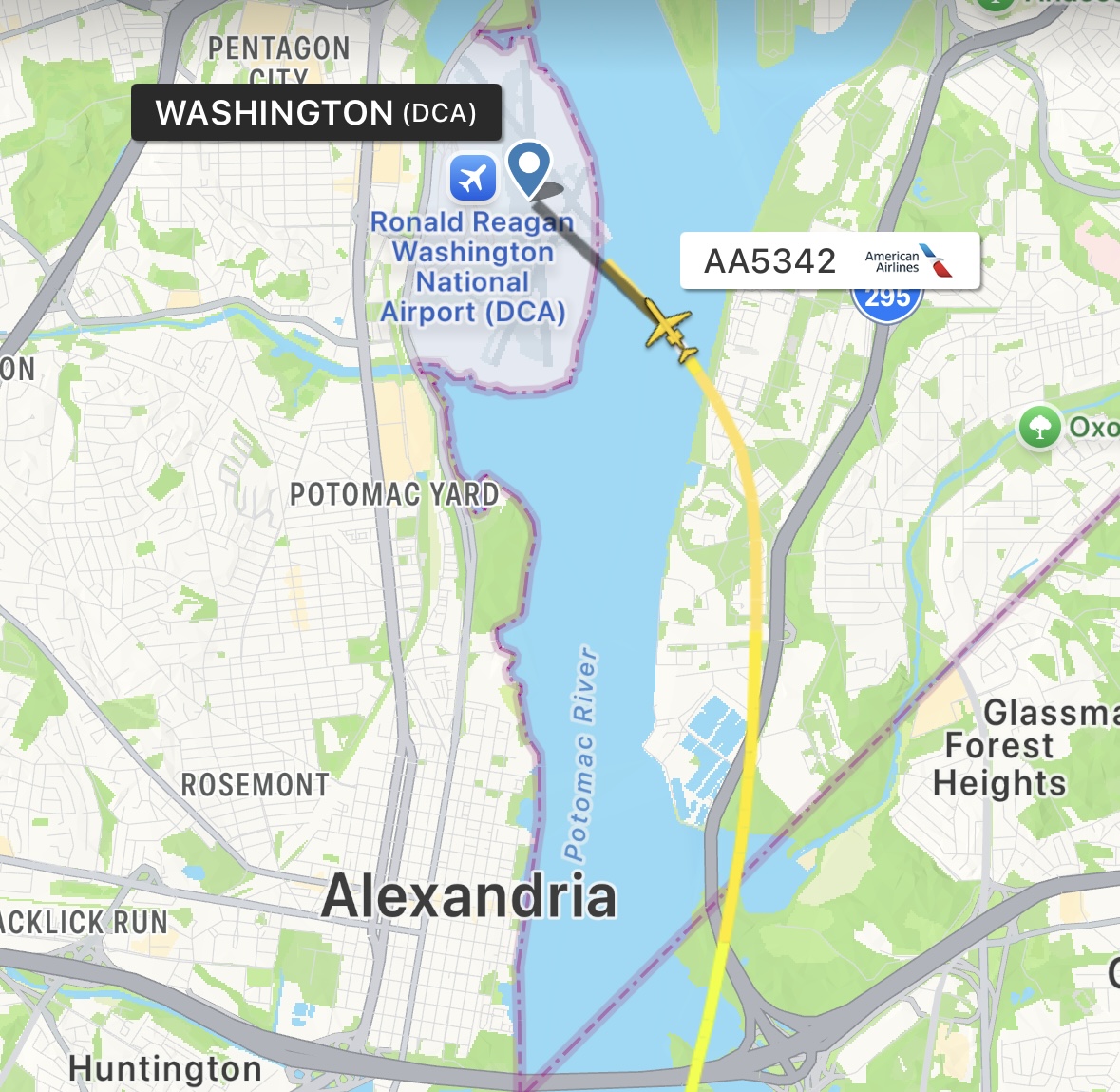Oklahoma’s Bold Move: Reimagining Education for Tomorrow’s Workforce

In a bold move to reshape the future of education and workforce development in Oklahoma, Governor Kevin Stitt issued an executive order – late in 2024 – establishing the Human Potential for Future Industries Task Force. This task force, led by Secretary of Education Nellie Tayloe Sanders, aims to unite education and workforce initiatives across the state. By focusing on the unique strengths and talents of Oklahoma’s students, the task force intends to transform the educational landscape to better prepare students for the challenges and opportunities of tomorrow’s industries.
Governor Stitt emphasized that the task force represents a commitment to building one of the strongest workforces in the nation, prioritizing real-world experience and individualized learning. “We’re building the best workforce in the nation, and that means reimagining education to focus more on real-world experience and individual strengths of students in preparation for tomorrow’s industry needs,” he said. “Investing in Oklahomans always pays off because it’s Oklahomans who make our state the best place to live, work, and raise a family.”
The Governor’s dedication to education and workforce innovation is evident. “Our Governor is the most beautiful model of a next-generation innovator visionary for business outcomes,” one advocate stated. This ambitious initiative is driven by a vision to cultivate the full potential of each student, equipping them with the skills necessary to thrive in a technologically advanced world.
The task force’s mandate includes a comprehensive review and redesign of educational frameworks to better support individual student growth. It will research and recommend ways to customize curricula based on each student’s strengths, leveraging holistic teaching methodologies to foster engagement and growth. “The Governor has worked very hard at creating a lot of task force infrastructure around workforce transformations and AI and innovation,” said Sanders. “When I was looking at all the findings around the greatest need, I found the trend was that we need to prepare our students for the future that is coming.”
Some of the key areas the task force will address include identifying tools that help recognize individual student strengths early on, aligning these talents with potential career paths, and offering guidance toward industries where students are likely to excel and find personal satisfaction. “Our infrastructure is unique in education in our state because we have people appointed, placed, or elected in various positions in education,” Sanders remarked. “We didn’t have an infrastructure that united all of the education workforce and career outcomes in one task force to get into future-proofing education because innovation is going to just take off. And in government, oftentimes, we respond too late.”
Expanding learning models beyond traditional classrooms is another focus, with the task force exploring apprenticeships, internships, and other experiential opportunities to embed students in real work environments, helping them develop relevant skills and gain a competitive edge in the job market. “We have opportunities to give students pathways into applying the knowledge in real-world scenarios like apprenticeships,” said Sanders.
Secretary Sanders underscored the importance of integrating emerging technologies like artificial intelligence and virtual reality into Oklahoma’s educational model. “Artificial intelligence, virtual reality, and other emerging technologies can offer Oklahoma students a learning advantage,” she stated. “Learning through virtual reality is so thrilling because, in the future, we will be able to individualize experiences for people. We know that’s coming.” She added, “However, we need to make sure we measure the right things and protect the right data. We have a responsibility at the same time and need to prioritize how to do that.”
To maximize student potential, the task force’s work centers on three foundational pillars: discovering individual potential, developing essential skills, and deploying talent. “In Oklahoma, we are doers. We are going to lead this,” Sanders noted. The task force will provide regular updates on its progress and policy recommendations, ensuring transparency and accountability in its efforts.
Governor Stitt and Secretary Sanders’ vision for Oklahoma represents a shift toward an education system that not only values academic achievement but also prioritizes practical skills and personal growth. “We are doing important work in Oklahoma,” Sanders emphasized. “This is an opportunity to create a very resilient generation.” With the Human Potential for Future Industries Task Force leading the charge, Oklahoma is positioning itself as a national leader in education reform, ready to embrace the unprecedented future ahead.
RECENT










BE THE FIRST TO KNOW

More Content By
Jessica Curtis











